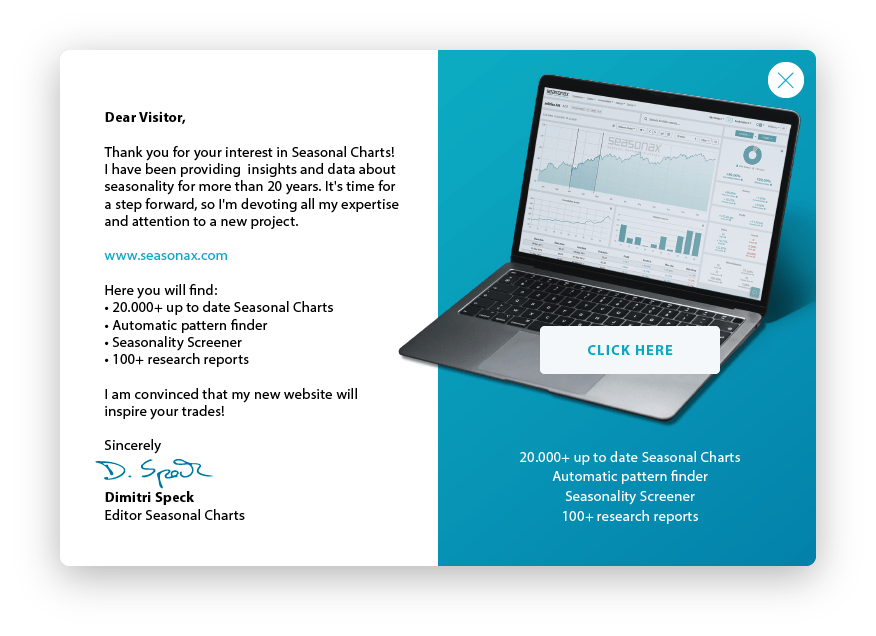Interest
Even very few experts are aware that interest rates (or bonds) display seasonal trends. The seasonality of interest rates can be utilized by traders speculating on changes in bond prices, investors active in bond markets, and borrowers looking to take out a loan.
Many of our charts in the interest section display the seasonal trends of interest rates not bond prices. The two are inverted. Rising interest rates mean falling bond prices, when interest rates fall bond prices increase.
Our interest rates charts – as well as all other price charts – show prices on a relative basis. A 5% bond price increase represents an interest rates increase of 7% to 7.35% (7 * 1.05 = 7.35; not 7+5!). That may look small but it actually means a significant decrease in long-term bond prices.
Traders active in the futures market should be aware that cash market prices, particularly for short-term interest rates, can differ from futures prices. Buyers of bonds should try to avoid reshuffling their portfolio too often because of high trading costs Mortgages are usually stipulated for long periods of time so that seasonal variances in interest rates can generally only be used to fine tune the timing of transactions.




